Ever since I came across the story of how 83-year old Cecilia Giménez botched the fresco of Ecce Homo when taking it upon herself to “restore” it in 2012, I became fascinated and obsessed, vowing to see it in person. Two and a half years later, a trip to Zaragoza, a bus ride to Borja and a six kilometre hike up a hill (which actually felt more like 16!), I finally fulfilled my wish…
The story of Ecce Homo
The story is so tragically comical, it sounds like something of a movie. In fact, when I first heard of it, I immediately thought of the Mr Bean movie, where he accidentally destroyed the painting of Whistler’s Mother and tried to fix it.
Local artist, Cecilia Giménez was a regular member of the parish of Santuario de la Misericordia, a small 15th century church on a hill overlooking the village of Borja. Having noticed how the small fresco of Jesus Christ was deteriorating over the years, she offered to restore it.
Now, there seems to be some disagreement between parties on whether she was permitted to do so, but either way, she went to work. Unfortunately, what was an offer in good faith, turned out to be quite the tragedy. As you can see below, it looks worse than when it began. When seeing what she had done, people were shocked and the story and painting became worldwide news.
Getting to Borja
Borja, a small village of approximately 5,000 people, is not quite on the tourist path. You really have to want to see this fresco to make the journey there. Doing an online search didn’t help, as I struggled to find much information about how to get there at all. I had trouble finding a solid address, and trip advisor only really had reviews and info in Spanish. Thankfully for you lucky readers, I’m going to detail how to get there and hopefully save any future ‘pilgrims’ some hassle.
We made our base in Zaragoza; a lovely city to visit and admire the Christian-Mudejar architecture. From Zaragoza, you can take a bus to Borja. The bus station is at the Zaragoza Delicias train station (bottom level), and you can find timetables on the Therpasa website. The bus to Borja takes around an hour (depending on time/day). From the bus stop in Borja though, this is where some prior knowledge would have helped. Google maps led us to a street in Borja, only about 10 minutes up the road from the bus station. However, once we got to where maps had led us, we found a sign directing us further.
It is a decent six kilometre walk up an isolated road, up the hill and outside the main town of Borja. So be prepared to either walk, hire a car, or ask a local for a taxi service (which is run solely by a local, in his own car). Unfortunately we didn’t know that, so we made what I like to now refer to as the ‘Pilgrimage’, down the long dirt road and up the hill, hoping that each building in the distance was where the famed painting would be.
We even ran towards what we thought was the church that held the famous painting. Sadly it wasn’t, and the walk continued.
Despite being the middle of winter and having the cold winds blowing off the snow-capped mountains in the distance, we quickly worked up a sweat. We finally found the small village outside of Borja and continued to walk and look for any sign of the church.
It was on one of these small streets that our pilgrimage brought about some fortune. We met a lovely man who could immediately tell we were lost and he offered to help us. Thankfully, by this stage, my Spanish had gotten to a point where I could explain what we were there for and get directions. Spanish people, in general, are quite friendly and are willing to help. This gentleman was no exception. First, sharing a laugh at how far we had come, “¡Australia, que lejo!” (“How far!”), he offered to take us to the church himself, pointing out Giménez’s house and talk about the local’s impressions of the story on the way. He mentioned that there were only 100 houses in this part of town, all generally owned by local families who would visit on weekends or holidays “to get away from the hustle and bustle of the bigger cities”. Well, this couldn’t be further away from the “hustle and bustle”.
A ten-minute walk further up the hill, we had arrived. The views from the courtyard proved just how far we had walked (and perhaps how crazy we had been).
Standing in the courtyard at the El Santuario de Misericordia, with our pilgrimage behind me. What a walk!
Face to face with Ecce Homo
We got to the church, and paid our €1 entry (a bargain for my brother and I to finally fulfil this bucket list item). The church is very humble and modest, with a small chapel and only enough room to perhaps sit 100 people. Maps with pins covered the walls of the entrance, detailing the visitors the church had received since news of this story broke worldwide. Believe it or not, we were just a minuscule percentage of how many people have visited. All three walls were covered in maps of the world, and zoomed in continents, and they had 1000s of pins and post-its of other keen pilgrims. We admired just how many other people had done the same pilgrimage to see it. Clearly we weren’t the only crazy ones.
After having another laugh at the situation and story, we entered the nave of the church to behold the fresco. Coming face to face with the botched fresco certainly made our long walk and day worthwhile. Smaller than what you may expect, the fresco is now encased in glass. Ironic, right? It really is as all pictures show though; there is no added detail or depth in the brushstrokes, no amazing technique with light or colour. Sadly, it really is a botched restoration of what was once a beautiful painting of Christ. Despite this, we couldn’t look away. Giménez claims that she never got to finish it and was interrupted (which I believe, as she actually is a good artist!). Either way, the fresco in its current state is amusing and gave us plenty of enjoyment to see it.
We took our photos, had even more stifled giggles and then explored the extension of the church. Originally just a chapel and house for the priest, the church was extended in the 16th century to add extra rooms, which are now converted into basic accommodation for visitors.
Realising the long journey and lack of time to make the bus back, we opted to take the ‘taxi’; literally a local who drives people around. He wanted to be very official though and assured us what he charged was legitimate, by showing the calculation of fuel cost per kilometre, (which we would have happily paid anything at that point). Again, proving that Spanish people (especially from small towns) are genuinely friendly, we got chatting and he provided information on what to see in Zaragoza and wished us luck on the rest of our travels.
The future of Ecce Homo
There has been talk that the family of the original artist want the fresco destroyed, as they feel it has shamed the artist and his work. Whilst this hasn’t been confirmed, it may be worth checking out sooner, rather than later, in case it is removed (or restored again) out of existence. I do question whether this will happen though, as the church (and possibly town itself) is sure to have made some money from this comical tragedy, and with some more smart marketing (such as the wine company purchasing rights to use the image for one of its vintages, or the town printing it on its annual lottery tickets), the image could continue to boost the town’s economy.
It may have been quite the effort to get to, and probably not worth it unless you are keen fans of the story, but for my brother and I, it was a pilgrimage we will never forget.
Latest posts by Kim-Ling (see all)
- 9 Gifts for the Traveller at Home in 2020 - November 27, 2020
- Tropicfeel Shoes – The Travel Shoe for Everywhere, Every Day - June 22, 2020
- Light to Light Camps – The best way to do the Light to Light Walk - July 30, 2019

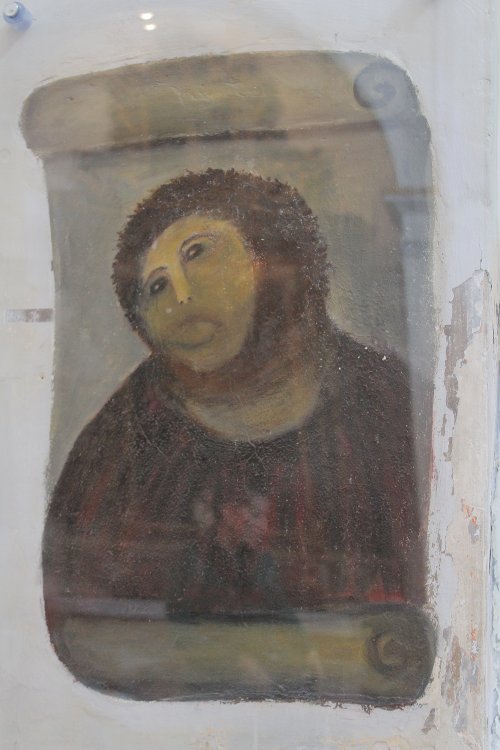
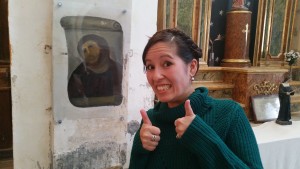
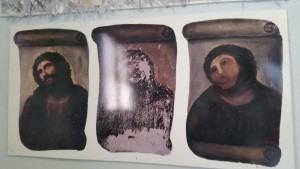
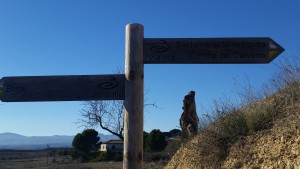
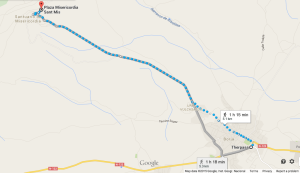
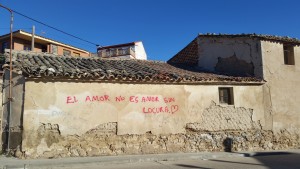
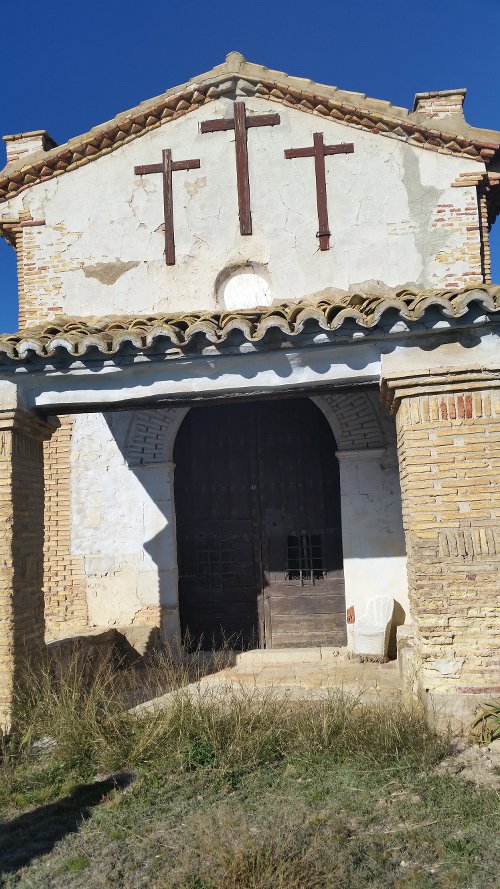
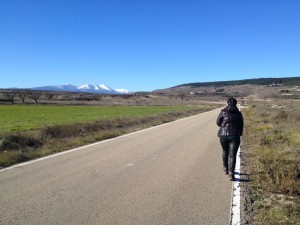
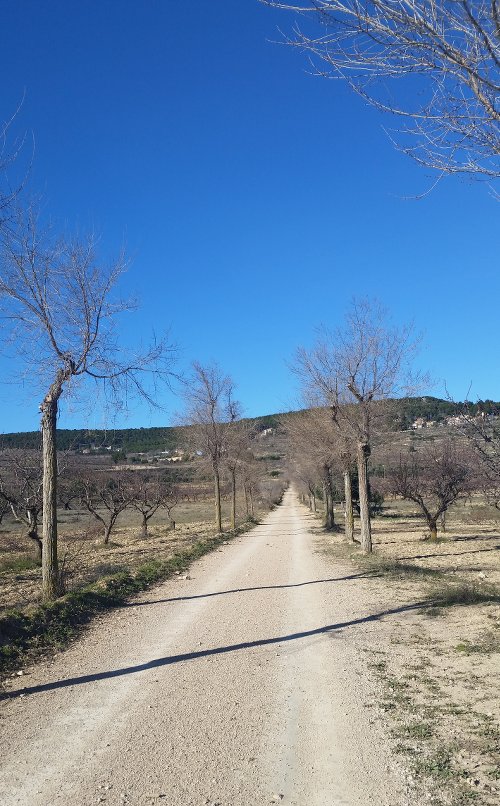
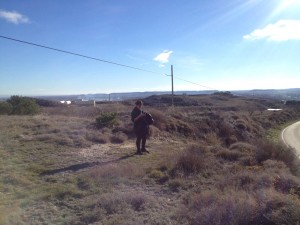
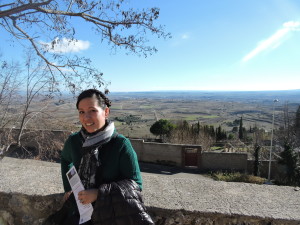
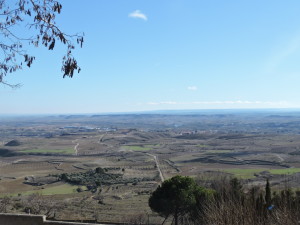
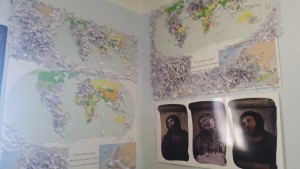

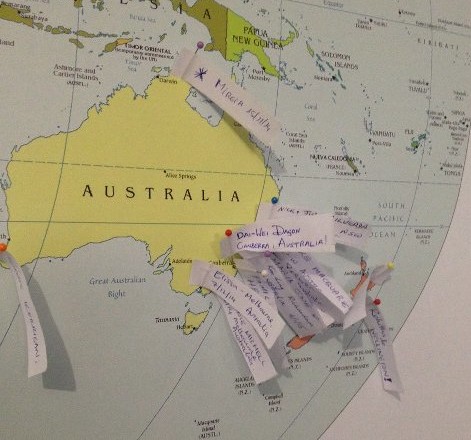
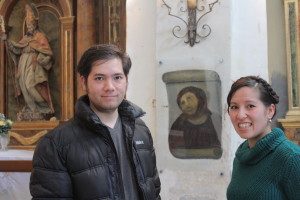
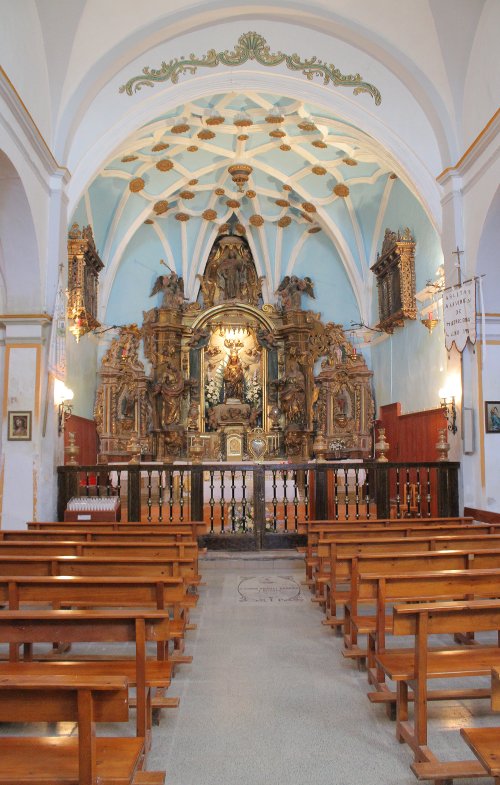
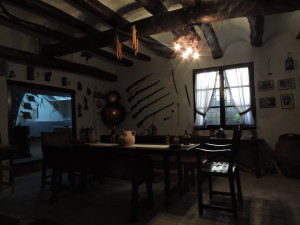
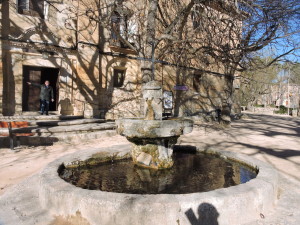
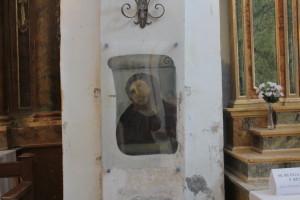
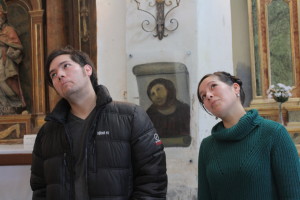

Totally wild and absolutely hilarious! What a story! Very inspirational with your pilgrimage to tick another item off your bucket list.
Hi! Thanks for the tips. I’m travelling next month from Newcastle, NSW and I’m so frustrated about the complete lack of information online about how to get to Borja!
Thanks Barrie! I found it frustrating when I was researching also (which is part of the reason we ended up walking the 6kms, as we didn’t know any better!). I hope this post has helped. When you get to Zaragoza, check out the bus timetable at the bus interchange (downstairs from the train station). They have the bus times printed for Borja, or try here: http://www.therpasa.es/consulta_linea.php?origen=Zaragoza%20(Intermodal)&destino=Borja&IdLinea=38
As far as avoiding the 6km walk up the hill, when you get to Borja, see if you can ask a local to call the taxi. Do you speak Spanish at all?
This was a great read with many, helpful tips! It inspired to maybe plan this “pilgrimage” in the coming weeks as well! So thank you! I do have two questions. In the link you provided, I saw that there are two Borja destinations: Borja and Borja (Estacion), which one should I pick? And 2nd question is, approximately how much is the bus fare? Thank you so much in advance!
Hi Erika! Glad you were inspired to do the pilgrimage! From memory, the bus only stopped in one stop in Borja (I think it’s Borja Estacion). The far is approximately €5.35 each way. I hope that helps! http://www.therpasa.es/compra_billetes.php
Love it! Thanks for the tips and your story. Can’t wait to go.
Thanks Staci! Do you have a trip planned for the near future?
Every couple months I google Ecce Homo for a laugh. Today your picture turned up and I simply had to follow the link to find out more. Cheers!
Haha I am the same! No matter how many times I see the pictures, I have a good chuckle. Glad you enjoyed our story!
Do you know if the church is open for viewings every day?
What a wonderful write up, thank you! I was lost before this!
I’m headed that way in two weeks, and I was just wondering, did you pay for your Therpasa bus tickets on the bus? Or did you preorder?
Thanks again!